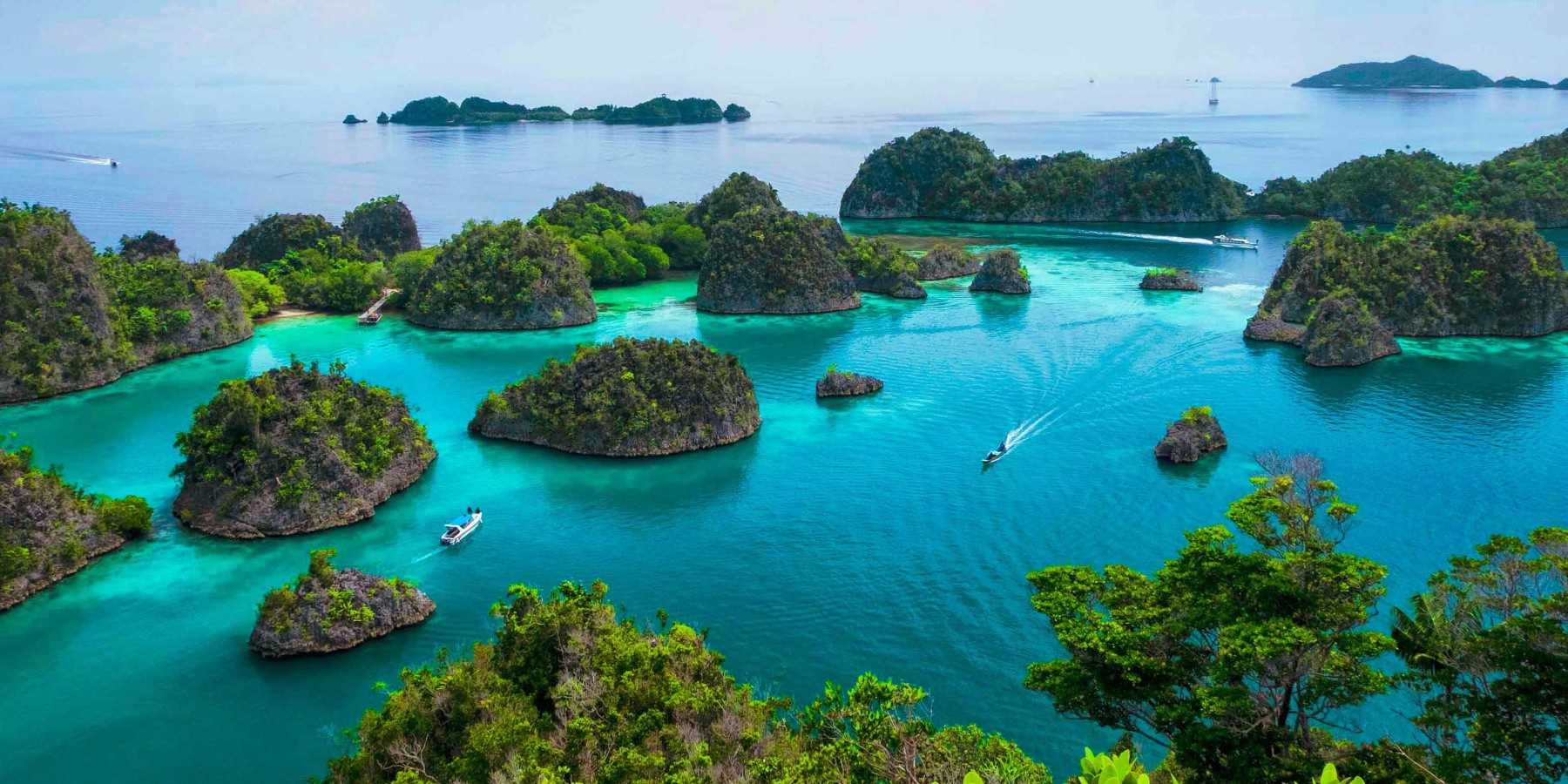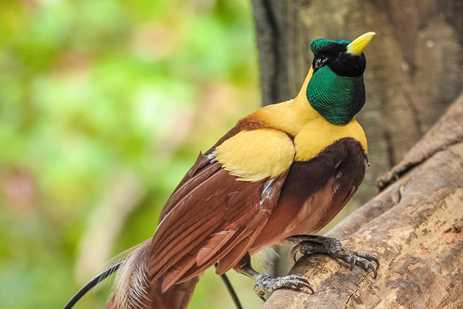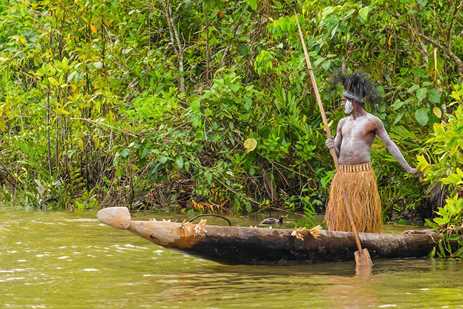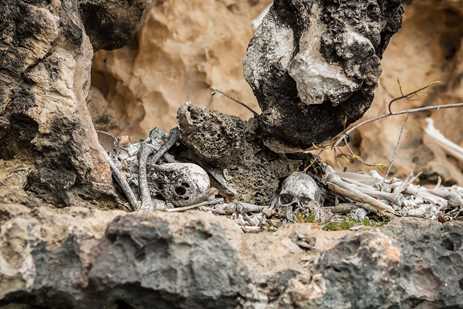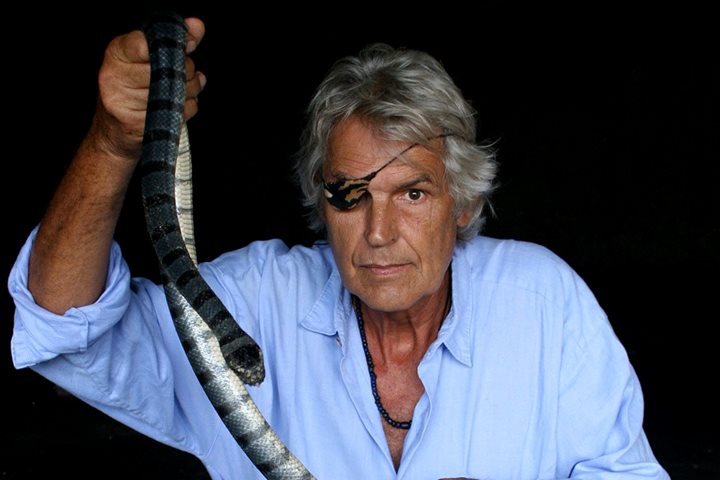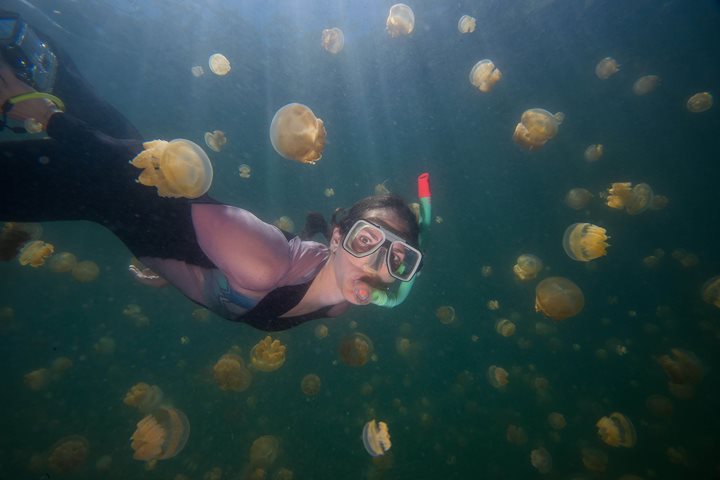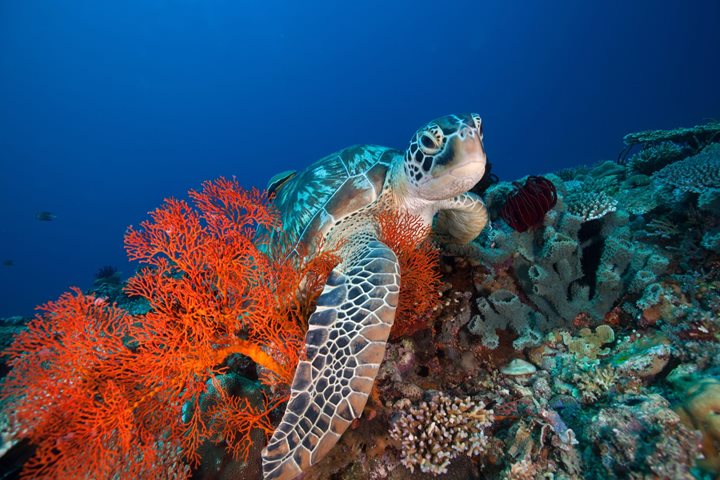Some destinations focus on unique cultural highlights, others on pristine natural settings and wildlife. But in Indonesia and Papua New Guinea you won’t have to choose; the isolation of these islands has resulted in the evolution of extraordinary avian and aquatic life while at the same time preserving unique cultural monuments and indigenous arts. These compelling elements all come together to create a travel experience like nowhere else in the world. Here are just some of the extraordinary discoveries you can only make when you venture to this remote region.
Get Inspired by Photos, Videos, Webinars, Stories, and Exclusive Offers.
Sign Up
NEW! EXPLORING INDONESIA: BALI, RAJA AMPAT & PAPUA NEW GUINEA

